Kagawa > Kotohira-gu (金刀比羅宮): The Sacred Pilgrimage of Shikoku
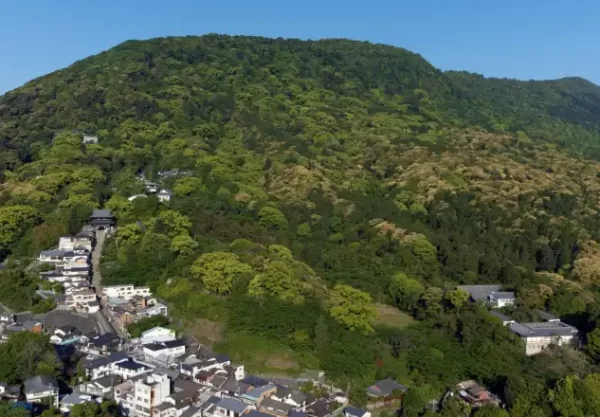
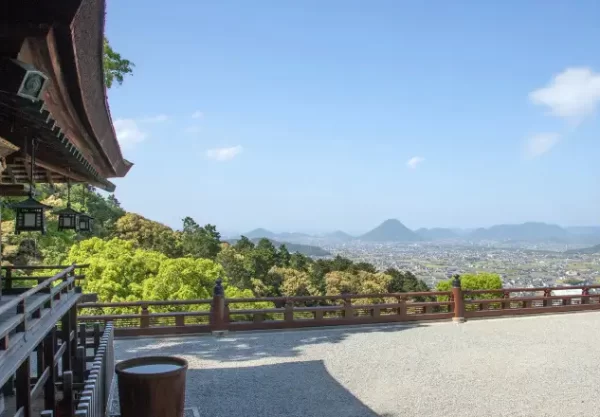
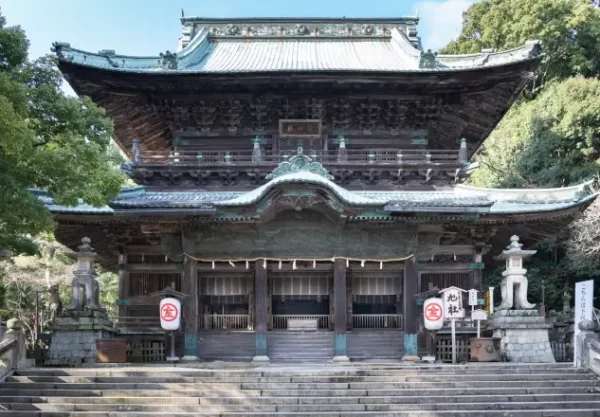
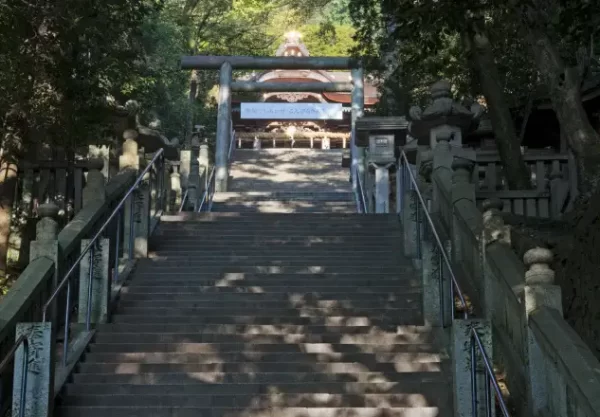
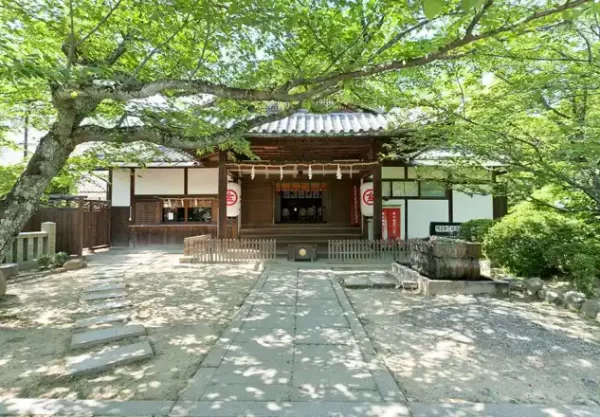
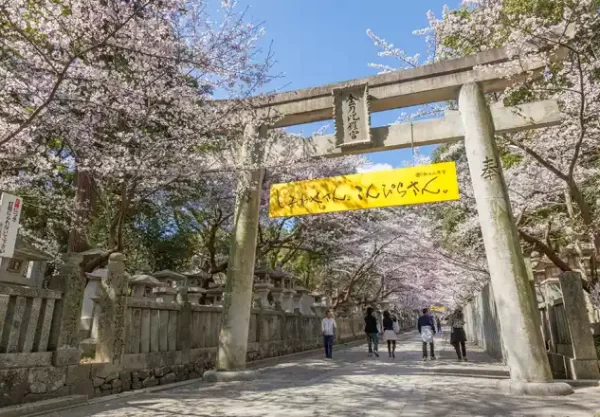
※Description:
Nestled in the mountains of Kagawa Prefecture (香川県), Kotohira-gu (金刀比羅宮), also known as Konpira-san (こんぴらさん), is one of the most revered shrines in Japan. Dedicated to sailors and maritime safety, this historic shrine has been a place of worship for centuries, attracting travelers, pilgrims, and adventurers alike. The shrine is famous for its long stone stairway of 785 steps, leading to the main shrine, and 1,368 steps if you wish to visit the inner shrine, making it a rewarding pilgrimage for those who embark on the climb.
The origins of Kotohira-gu trace back to at least the 11th century, with historical references suggesting its existence even earlier. It was officially recognized during the Edo period (1603–1868) as a prominent place of worship, drawing visitors from all over Japan. The shrine is particularly notable for its unique blend of Shinto and Buddhist influences, reflecting the spiritual traditions of the region before the forced separation of Buddhism and Shintoism during the Meiji Restoration.
One of the reasons for Kotohira-gu’s fame is its long-standing association with the sea god Omononushi-no-Mikoto (大物主命) and the Buddhist deity Kannon (観音), both of whom are believed to protect sailors and travelers. This made it a significant pilgrimage site for fishermen, merchants, and travelers who sought blessings for safe voyages. Even today, Japanese Maritime Self-Defense Forces and maritime workers continue to pay homage at this shrine.
Despite its popularity, Kotohira-gu sees fewer visitors compared to the major shrines in Kyoto and Tokyo, especially on weekdays and outside of cherry blossom and autumn foliage seasons. This makes it a fantastic off-the-beaten-path destination for those seeking an authentic and peaceful shrine experience.
The area offers access to Onigashima (鬼ヶ島) and Takaya Shrine (高屋神社), both of which make great additions to an itinerary for those exploring Kagawa Prefecture.
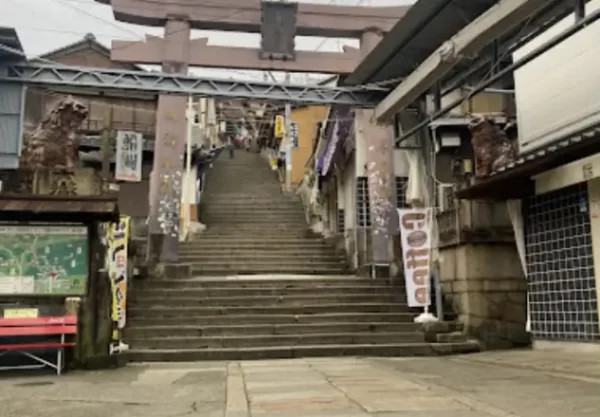
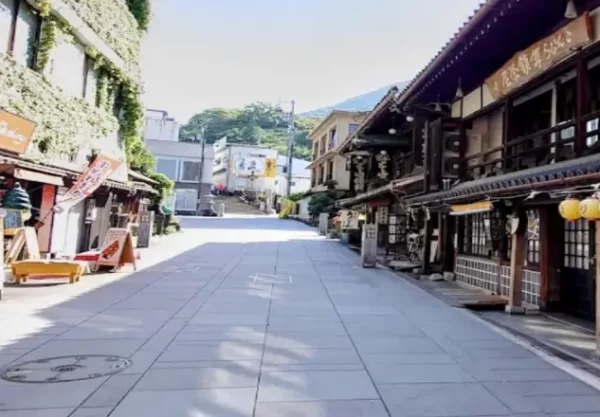
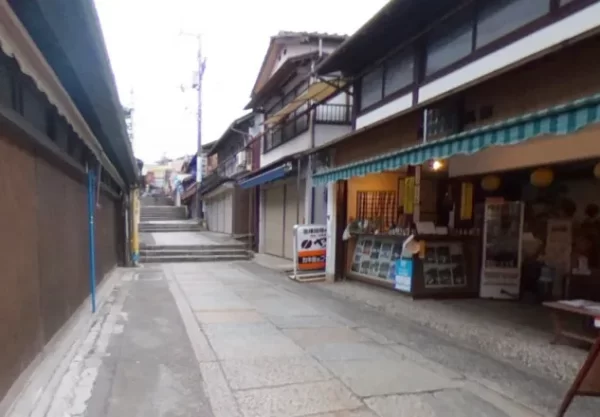
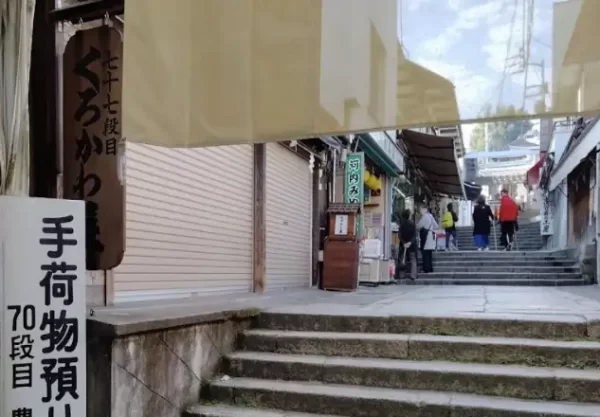
Konpira Omotesando (こんぴら表参道): The Path to the Shrine
The 785-step ascent to Kotohira-gu is not just a hike. It’s an experience that immerses you in the traditional culture of Japan. Known as Konpira Omotesando (こんぴら表参道), this historic stone-paved path is lined with charming shops, old teahouses, and cultural attractions, making the journey to the shrine both physically and culturally rewarding.
As you ascend, you’ll encounter many small shrines and temple structures along the way, adding to the sacred atmosphere of the pilgrimage. Some notable spots include Sayabashi Bridge (榮橋), a sacred wooden bridge that was historically used by priests and noble visitors, and the Kompira Treasure House (金毘羅大宝物殿), which houses valuable artifacts related to maritime history and religious traditions.
Throughout the climb, visitors can enjoy a variety of local delicacies and souvenirs. Some must-try foods include:
Sanuki Udon (讃岐うどん) – Kagawa’s specialty, famous for its chewy texture.
Oiri (おいり) – A colorful, crispy rice snack often used in celebrations.
Konpira Manju (こんぴらまんじゅう) – A traditional sweet bun filled with red bean paste.
For those who prefer not to tackle the full climb, an alternative is to explore Konpira Shinmachi Shopping Street (金毘羅新町商店街), located near the base of the shrine. This charming street features restaurants, cafes, and souvenir shops where you can experience the cultural essence of Kotohira without having to climb the steps.
※NTRanking: 6.5 / 10
While Kotohira-gū is a famous shrine, its remote location means it does not receive the same overwhelming influx of tourists as Kyoto or Tokyo. However, during festivals and seasonal events, the area sees a notable increase in visitors, primarily domestic travelers. On regular weekdays and outside peak seasons, the crowds are minimal, allowing for a more peaceful visit.
※How to Get There:
・From Takamatsu (Approx. 50 minutes):
Take the JR Dosan Line from Takamatsu Station (高松駅).
Get off at Kotohira Station (琴平駅), which takes around 45 minutes.
From Kotohira Station, it’s a 15-minute walk to Kotohira-gu (金刀比羅宮).
・From Okayama (Approx. 1 hour 10 minutes):
Take the JR Seto-Ohashi Line from Okayama Station (岡山駅).
Transfer at Tadotsu Station (多度津駅) to the JR Dosan Line.
Get off at Kotohira Station (琴平駅), which takes around 1 hour.
From Kotohira Station, it’s a 15-minute walk to Kotohira-gu (金刀比羅宮).
※Address:
892-1, Kotohira, Nakatado, Kagawa 766-8501


